|
by Marina Brafa 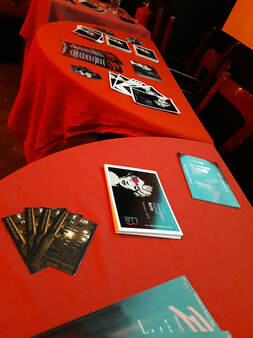 The Berlinale TimeOut organizers, comprised of the Female Filmmakers Festival Berlin crew and their London-based partner Shorts on Tap, had a difficult time before the actual event took place last Tuesday, February 12, because they were (fortunately) inundated with submissions. In the end, they decided on eight short films which they screened in a speakeasy-style movie theater in the very center of Berlin, the Z-Bar. An international crowd of filmmakers escaping the Berlinale craze and interested visitors who were just dropping by gathered in the cozy backroom for two hours of short films. The selection proved that the oft-neglected genre deserves more attention. One might think that 20, or even 2 minutes is not enough time to “show” something. You can probably already guess my reply to this assumption: No, it’s not. The time limit is a challenge that can spark truly innovative and inspiring films: You want to get your - often complex - points across while delivering a compelling plot and original cinematography. You work with allusions, metaphors, symbols, ellipses and meaningfully composed images to do so. Two films stood out because of their alluring pictures: Swiss film Seelenwelten by Flurina Marugg and Stigma by Helen Warner from Ireland. In these two short films, the landscapes, mise-en-scène, lighting and colors play a significant part in the story. Seelenwelten explores the soul - inner landscape - of an adolescent woman. Viewers enter her subconscious which is very colorful and populated by pink things in the shape of drops that hang from the ceiling (if there actually is a ceiling). It is often not clear what the different “things” mean but it becomes obvious that the film is drawing on Freudian ideas of the id, ego and super-ego. In Stigma too, the landscape plays an important role - in this case the external one surrounding the characters. The film’s plot evolves into a grey, Catholic village on the harsh Irish coast. The waves break strongly and unforgivingly on the reef and the strong current drags a dress onto the beach. It belongs to a disappeared woman no one speaks of - until they are forced to do so. In contrast to Seelenwelten, this film is dark and leaves the viewer with an uncomfortable feeling in their stomach. Interestingly, in both films the actors speak their regional dialects which contributes to the realistic style.
0 Comments
Leave a Reply. |

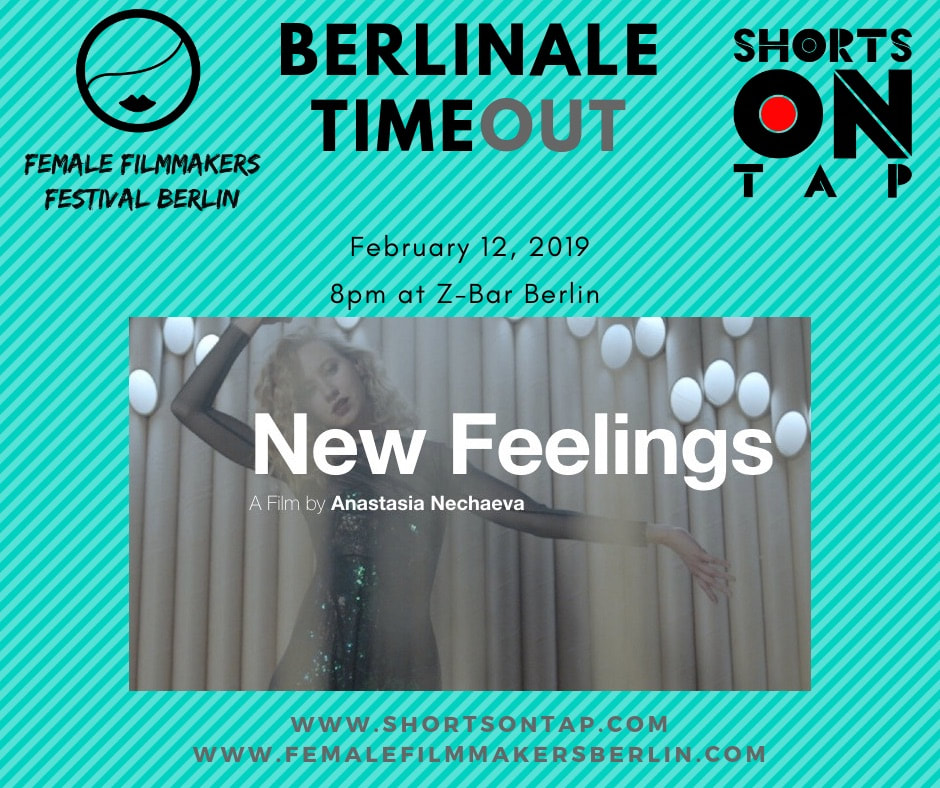

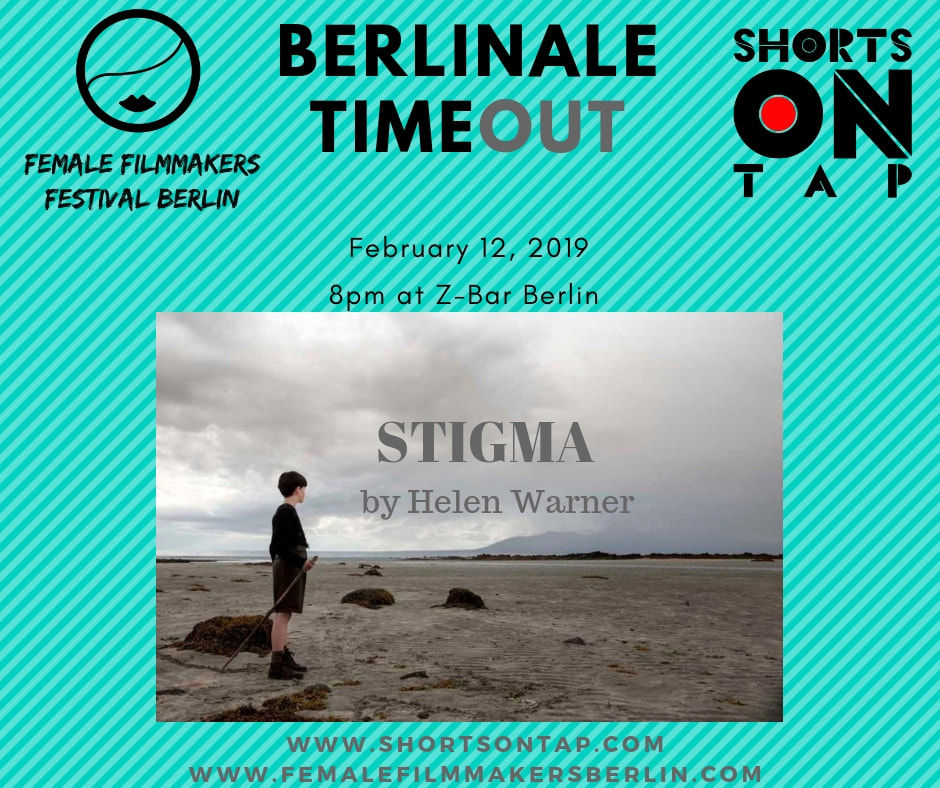
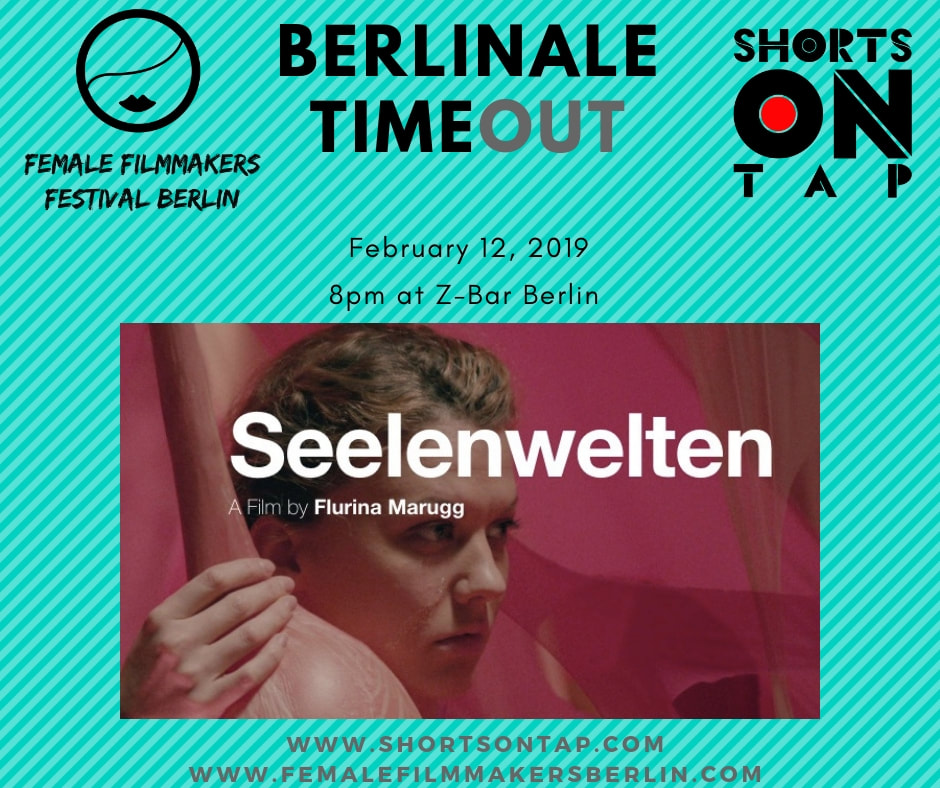
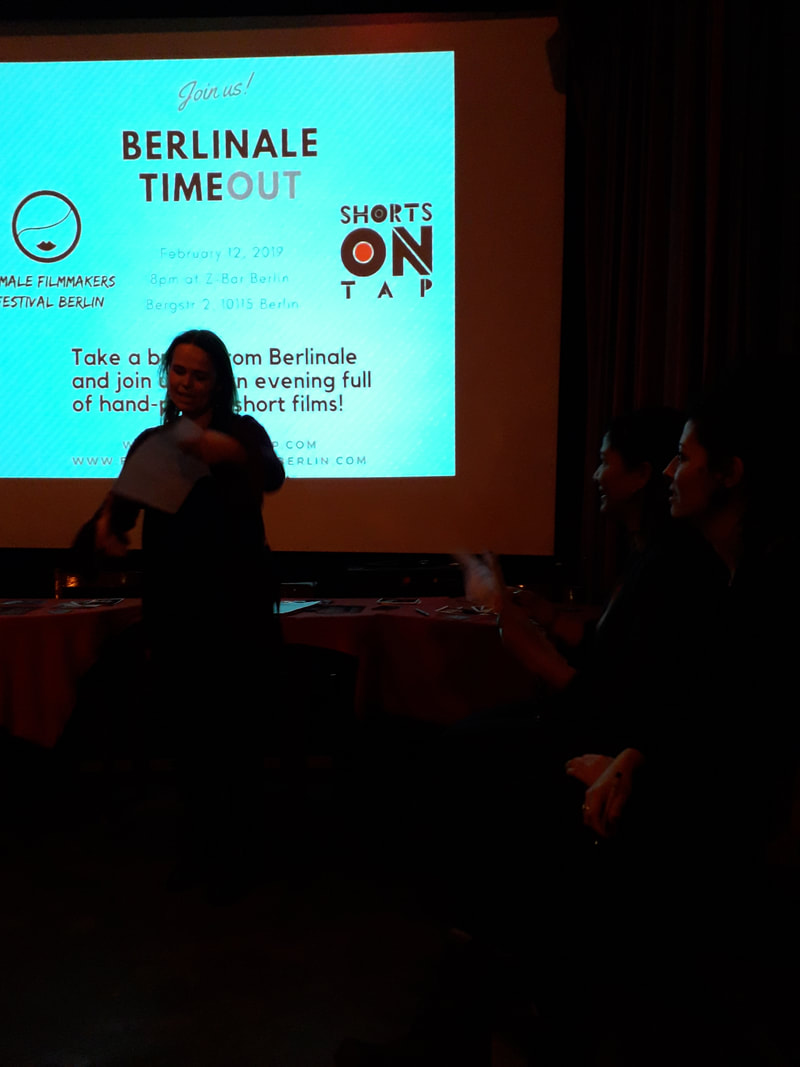

 RSS Feed
RSS Feed
